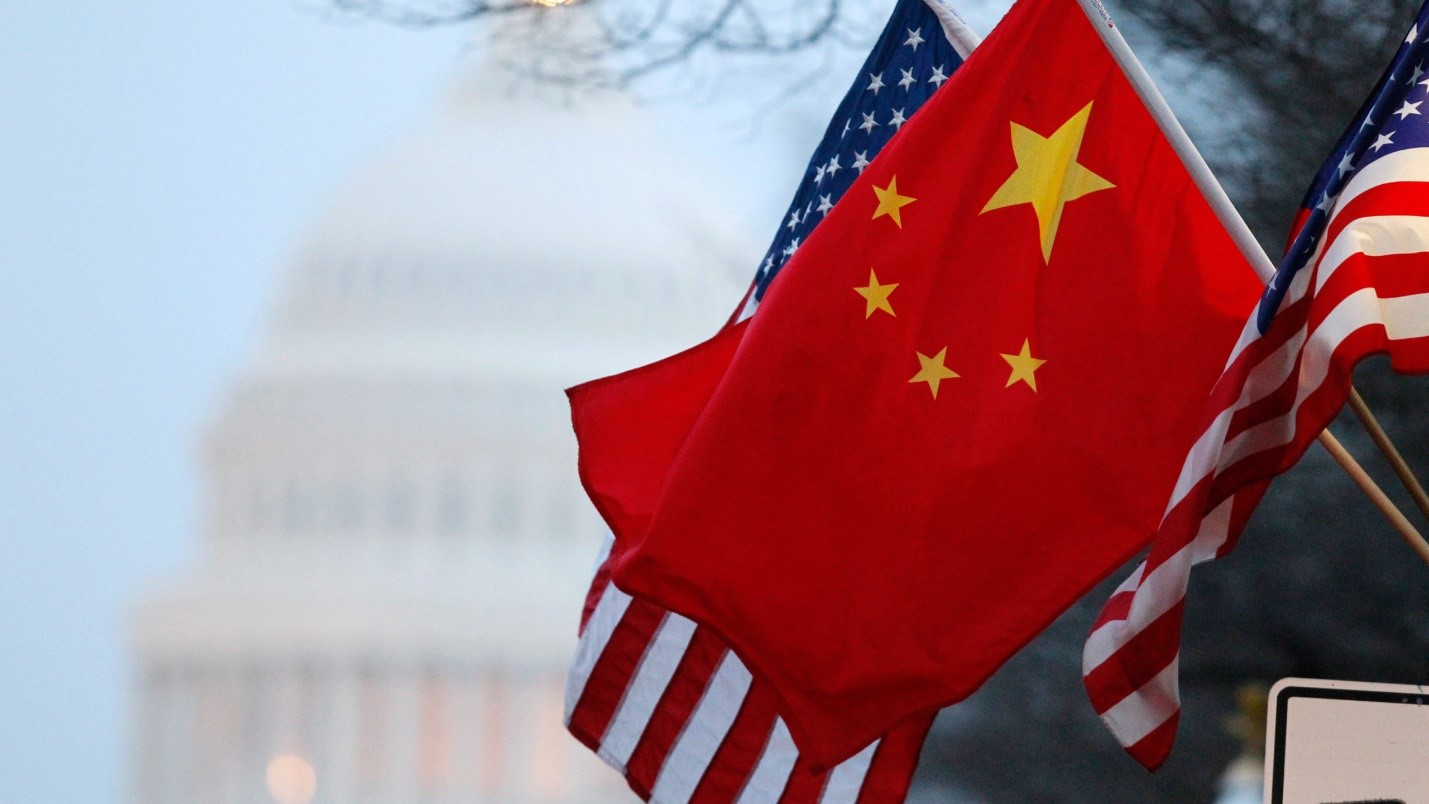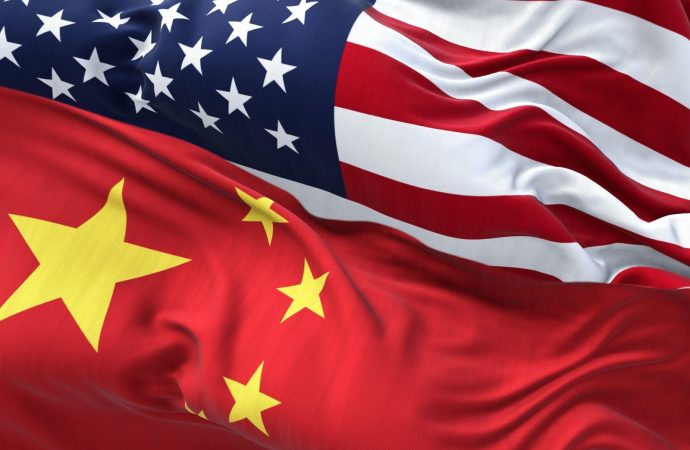The relationship between the United States and China, two of the world’s most influential superpowers, has always been complex, characterized by a mix of cooperation, competition, and confrontation. Recent developments have further complicated this dynamic, making it essential to understand the current state of affairs and what the future might hold. This article delves into
The relationship between the United States and China, two of the world’s most influential superpowers, has always been complex, characterized by a mix of cooperation, competition, and confrontation. Recent developments have further complicated this dynamic, making it essential to understand the current state of affairs and what the future might hold. This article delves into the recent developments in US-China relations and provides an outlook on what lies ahead.
Recent Developments
Trade Tensions and Economic Policies
Trade relations between the US and China have been a focal point of contention. The trade war initiated during the Trump administration saw significant tariffs imposed by both nations, affecting various sectors, from technology to agriculture. Although the Biden administration has taken a more diplomatic approach, many of the tariffs remain in place, and trade tensions persist.
In recent months, the US has continued to scrutinize Chinese companies, particularly in the technology sector. The ban on Huawei and restrictions on other Chinese tech firms have strained relations further. Conversely, China has been accused of unfair trade practices, intellectual property theft, and forced technology transfers, issues that remain unresolved.
Human Rights and Political Issues
Human rights concerns have also been a significant point of friction. The US has consistently criticized China for its actions in Xinjiang, where it alleges human rights abuses against the Uyghur Muslim population. Sanctions and diplomatic boycotts, such as those seen during the Beijing Winter Olympics, have been some of the tools used by the US to express its disapproval.
Moreover, the situation in Hong Kong continues to be a contentious issue. The imposition of the National Security Law by Beijing has been condemned by Washington, which views it as a threat to the region’s autonomy and freedoms.
Military and Strategic Competition
The Indo-Pacific region has become a critical theater for US-China rivalry. The US has strengthened its alliances with countries like Japan, South Korea, and Australia to counter China’s growing influence. The formation of the AUKUS alliance, comprising Australia, the United Kingdom, and the United States, aims to bolster security in the region, a move that has been met with strong opposition from Beijing.
Additionally, the South China Sea remains a hotspot for military tensions. The US conducts Freedom of Navigation Operations (FONOPs) to challenge China’s territorial claims, which Beijing views as provocative.
Climate Change and Cooperation
Despite the tensions, there have been areas of cooperation, particularly in addressing global challenges like climate change. Both nations have recognized the importance of working together to combat climate change, and there have been joint statements and agreements aimed at reducing carbon emissions and promoting sustainable development.

Picture by: Yandex.com
Future Outlook
Economic Relations
The future of US-China economic relations is likely to remain turbulent. While there may be efforts to ease trade tensions, fundamental disagreements on trade practices and economic policies will continue to pose challenges. The US is expected to maintain its stance on protecting intellectual property and ensuring fair trade practices, while China will likely push back against what it perceives as economic containment.
One potential area of development is the restructuring of global supply chains. The pandemic has exposed vulnerabilities in the supply chain, and both nations might seek to diversify and secure their supply chains, which could lead to both competition and collaboration.
Geopolitical and Military Dynamics
The Indo-Pacific region will continue to be a critical area of strategic competition. The US is expected to deepen its alliances and partnerships in the region to counterbalance China’s influence. Initiatives like the Quad (comprising the US, Japan, India, and Australia) are likely to gain more prominence, focusing on security, economic, and technological collaboration.
China, on the other hand, will continue to assert its claims in the South China Sea and expand its military capabilities. The potential for military confrontations, though undesirable, cannot be entirely ruled out, making it imperative for both nations to establish communication channels to manage conflicts and prevent escalation.
Human Rights and Diplomacy
Human rights issues will remain a significant point of contention. The US is expected to continue its advocacy for human rights in Xinjiang, Hong Kong, and other regions, which will likely lead to further diplomatic clashes. However, there may also be opportunities for dialogue and negotiation, particularly if both nations find common ground on other global issues.
Technological Competition
Technological competition between the US and China is set to intensify. Both nations are investing heavily in emerging technologies like artificial intelligence, quantum computing, and 5G. The race for technological supremacy will have significant implications for global innovation, economic growth, and national security.
The US is likely to continue its efforts to restrict Chinese access to critical technologies while promoting its own tech industries. China, in response, will focus on achieving self-reliance and advancing its technological capabilities. This competition could lead to a bifurcated global tech ecosystem, with distinct standards and systems.
Climate Change and Global Cooperation
Climate change remains a critical area where US-China cooperation is not only possible but necessary. Both nations have a significant impact on global carbon emissions, and their collaboration is crucial for achieving international climate goals. While political and economic tensions may complicate cooperation, the urgency of the climate crisis could drive both nations to work together on this front.
Conclusion
US-China relations are at a critical juncture, characterized by a mix of competition, confrontation, and limited cooperation. Recent developments have highlighted the complexities and challenges in this bilateral relationship, from trade tensions and human rights issues to military competition and technological rivalry.
The future outlook suggests that while tensions are likely to persist, there are also opportunities for dialogue, negotiation, and cooperation, particularly in addressing global challenges like climate change. The actions and policies of both nations in the coming years will shape not only their bilateral relationship but also the broader international order. Understanding these dynamics is essential for navigating the complexities of US-China relations in the 21st century.
















